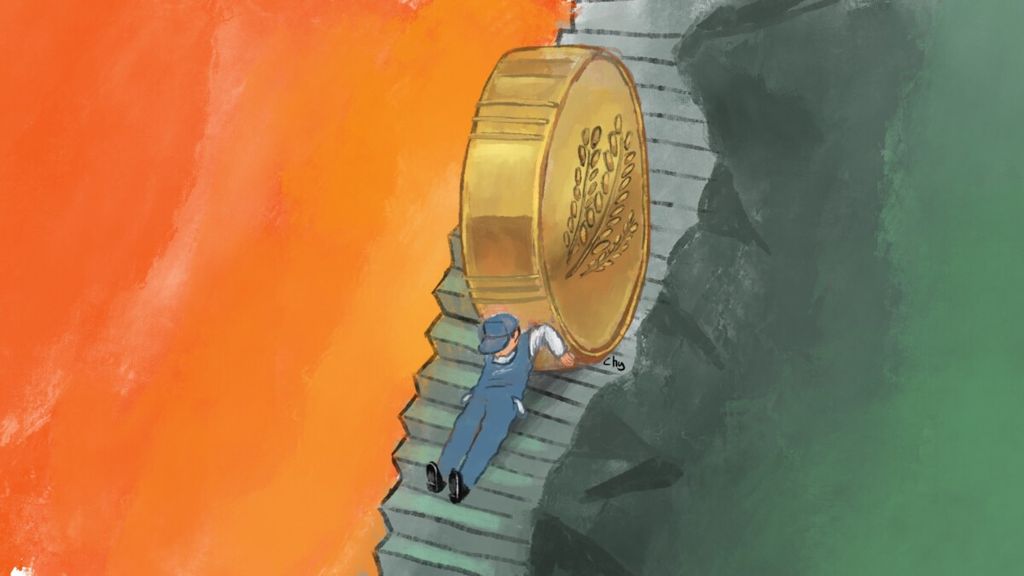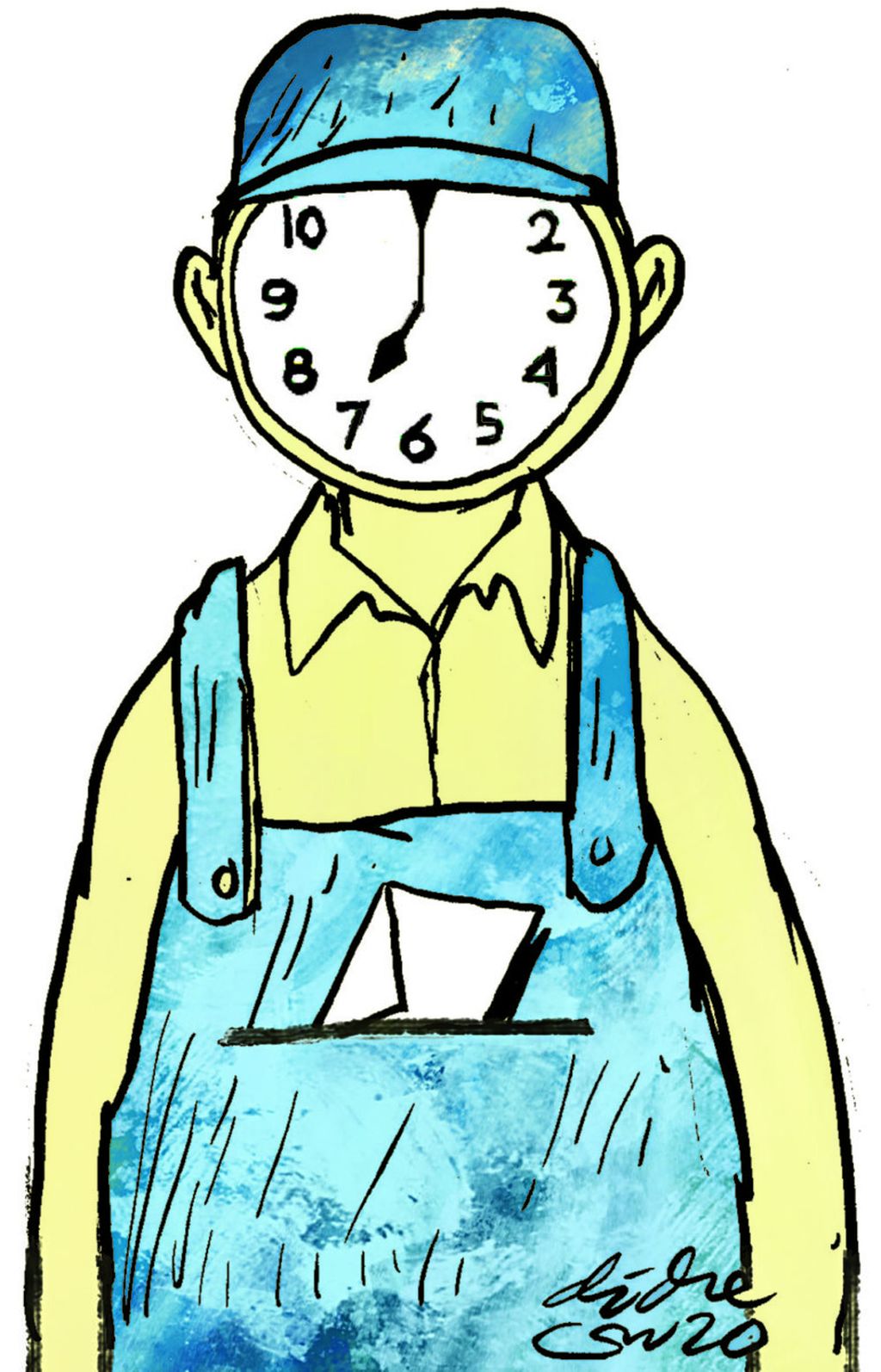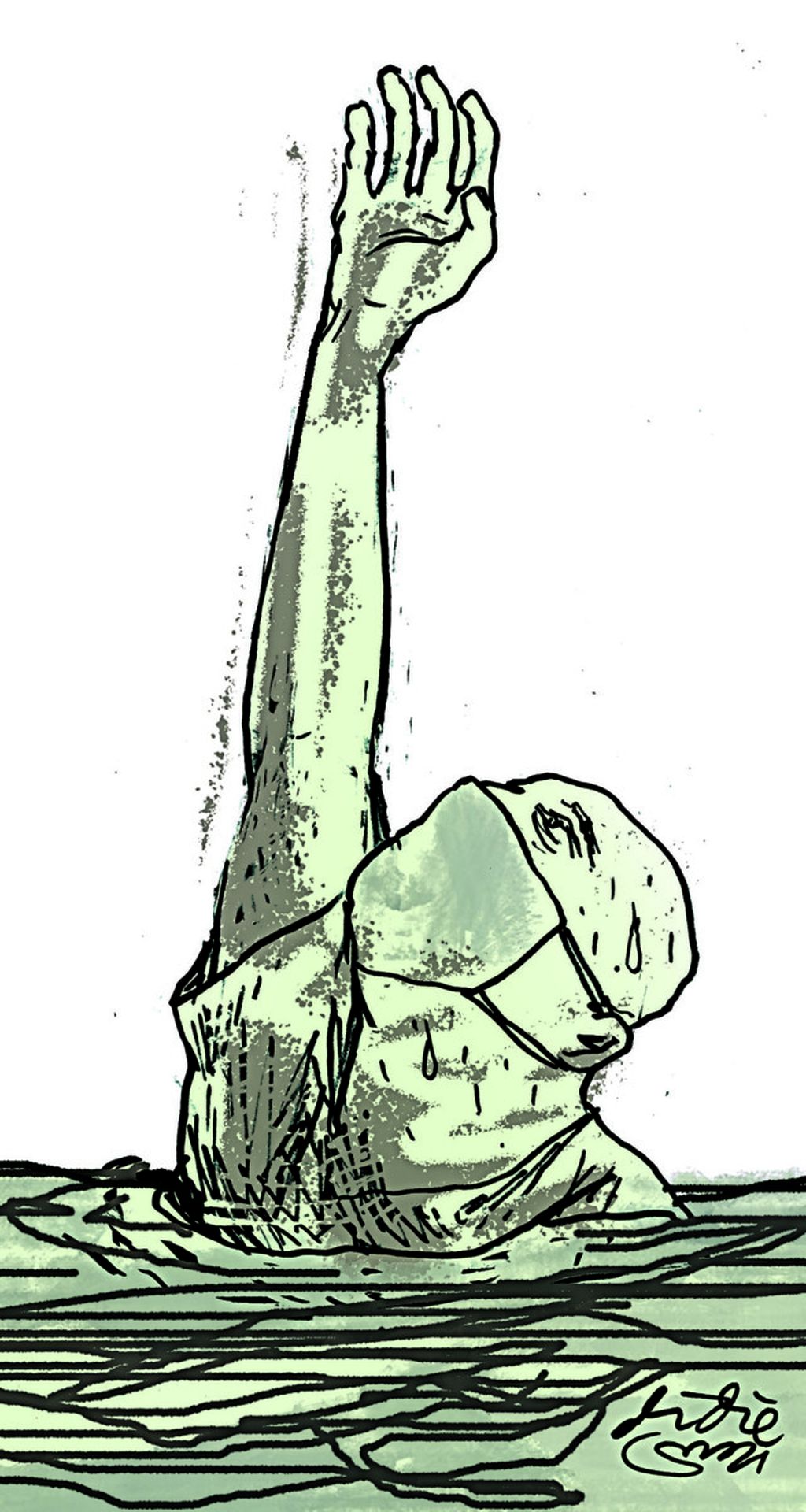Complexity in Setting the Minimum Wage
The process of setting the minimum wage every year is often marked by arguments. There is quite an extreme tug of war between employers, the government and workers.

Heryunanto
The process of setting the minimum wage should be easier, with provisions regarding the wage interpreted and treated as a safety net instrument by workers, the government and employers. That’s all.
But in reality, it is not like that. The process of setting the minimum wage every year is often marked by arguments. There is quite an extreme tug of war between employers, the government and workers.
For workers, a “low” minimum wage is interpreted as a “missed opportunity” to get a better or more prosperous life. Meanwhile, for employers and the government, a “high” minimum wage increase is seen as uncompetitive and burdensome to the business world. Therefore, the nature of the minimum wage as a safety net instrument is ambiguous.
In conditions of minimal job opportunities and relatively high unemployment, the bargaining position of workers regarding wages is, of course, quite low, especially in certain sectors that do not require special skills. Therefore, the provision of the minimum wage is still the most appropriate and effective instrument to avoid potential exploitative wage practices.
Also read:
> Rethinking Labor Relations and Wage Policy
However, the high disparity in the capabilities of each company, as well as inter-regional economic conditions, competitiveness and productivity, also require the government to be extra careful in setting the minimum wage. For large-scale, capital-intensive companies, the minimum wage may not have much of an impact. This is in contrast to certain companies, such as labor-intensive industries, which employ large numbers of workers.
Although the minimum wage is intended to protect workers, its implementation is still far from satisfactory. Data from the National Labor Force Survey from February of this year showed that 49.67 percent of workers were still paid below the minimum wage (Kompas, 25/10/2021).
Changes in formula
Initially, the scheme to set a minimum wage was based on the fulfillment of the need for a decent living (KHL). There are a number of KHL components that must be met in setting the minimum wage so that workers are considered to be able to live a decent life. The KHL component covers the basic needs of each worker, which were previously set at 64 components.
Theoretically, the setting of the minimum wage based on the KHL provides space for labor union participation through the Wage Council. The Wage Council, which consists of representatives of the government, employers and workers, conducts a KHL survey and the results are taken into consideration in determining the minimum wage. However, making the final decision is often not easy, and it is not uncommon to experience a dead end. One of the reasons for this are the differences in perspective regarding the survey’s methods and the determination of tariffs for each KHL component.

In addition, labor unions’ desire to increase the number of KHL components to 84 from the previous 64 caused the process of determining the minimum wage through the KHL formula to end with the issuance of Government Regulation (PP) No. 78/2015 on wages. Through this policy, the determination of the minimum wage uses inflation and economic growth figures.
After the Job Creation Law was issued, the formula for determining the minimum wage has also changed, although the spirit is still similar to the old law. In PP No. 36/2021 on wages, it is stated that the minimum wage is to be determined based on economic and labor conditions. The variables include purchasing power parity, the labor absorption rate and median wages.
In addition, the adjustment of the minimum wage in PP No. 36/2021 – which is set at a certain value range between upper and lower limits by using a number of variables, such as the average consumption per capita, the average number of household members and the average number of household members working in each household – is also a formula that is difficult for most workers to understand.
However, the most important point is that the room for participation and the bargaining position of workers to participate in determining the minimum wage is getting smaller, not to mention disappearing altogether. Even though trade unions are still part of the Wage Council, their role in providing advice and recommendations will be increasingly limited because they must comply with the minimum wage calculation formula outlined by PP No. 36/2021.
Also read:
> Job Opportunities in the Changing World
> Keeping a Close Eye on Unemployment
Practically, workers’ chances to get a higher minimum wage now depend on economic growth and inflation with a number of variables as mentioned above. This means that the strategy of increasing the wages of workers at all levels by pushing the minimum wage as high as possible appears to be closed.
Bring back the essence of the minimum wage
The commitment and consistency to treat the minimum wage as a safety net and only for workers with zero years of service is a rational choice to end the polemic of any minimum wage setting. Minimum wage provisions are still needed and are the most appropriate and effective instrument to protect new workers from unfair wage practices.
Then, what about the wages of workers whose tenure is one year or more? In practice, most workers in this group are still treated almost the same as workers with zero years of service. The income is not much different. It can even be exactly the same as the income of a new worker.

The tendency of some employers to simply copy-paste the minimum wage and make it a standard wage for workers at almost all levels is the basic reason for labor unions to continue to demand a fairly high minimum wage increase. Thus, it is hoped that an increase in wages for workers at all levels will occur through what is known as the “header wage”. The higher the minimum wage increase, the better the workers’ overall earnings potential. That's the hope.
Thus, the provision of a minimum wage for workers is not merely a matter of the an sich minimum wage, but also has implications for the overall income of workers.
Normatively, the wage standard for workers who have a working period of one year or more should be above the minimum wage, even though the value is not much different from the minimum wage. The Job Creation Law and PP No. 36/2021 require that every company has a wage structure and scale, as well as the determination of wages above the minimum wage to be agreed bipartitely and set out in company regulations or joint labor agreements.
Theoretically, this provision is correct. The ability of each company to determine the standard of wages for its workers is, of course, different. In practice, the bargaining position of workers and the ability to negotiate wages for workers who receive wages above the minimum wage are generally still low. They even tend to be nrimo (amenable) to what employers decide.
Also read:
> COVID-19, Inequality, Poverty and Unemployment in Rural Areas
> Mitigating Pandemic-induced Employment Crisis
The position of employers is still too dominant in determining the wages of workers, especially in certain sectors that do not require high skills. Variables such as the contribution of workers to company profitability may not be taken into account. This can be reflected if the wages of new workers and old workers are almost equal.
In the end, the mechanism for determining the amount of the minimum wage using PP No. 36/2021 is limited to changing the formula so that adjustments to the amount of the minimum wage can be more measurable and predictable, but this still does not answer the whole problem of the wage system. In addition to restoring the nature of the minimum wage as a protection for workers with zero years of work experience, employers and workers, through bipartite institutions, need to be encouraged to negotiate the amount of wages for workers with one year or more of work experience.
Thus, wages for this group truly reflect fairness by considering the contribution of workers to the progress of the company. Without it, surely the process of setting the minimum wage every year will still lead to endless polemics.
Edy Sutrisno Sidabutar, Practitioner in Manpower Issues
This article was translated by Kurniawan Siswoko.